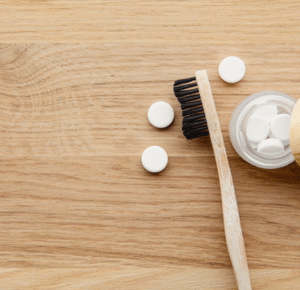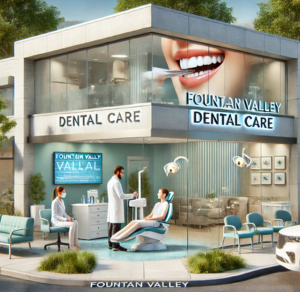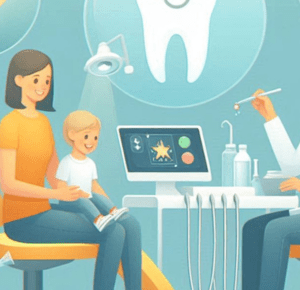
A broken filling can be a sudden and unsettling dental emergency, leaving you vulnerable to tooth sensitivity, pain, and further damage. Fillings are designed to protect and repair teeth damaged by decay or trauma, but when they break, the underlying tooth structure is exposed, compromising oral health. If you experience a broken filling, prompt action at the dental clinic Livermore, CA helps prevent infection, abscesses, or tooth loss.
This emergency requires immediate attention from a dental professional, but knowing how to handle the situation before seeking help can significantly reduce discomfort and prevent further complications.
What can lead to a broken filling?
A filling can break due to various reasons, including:
Trauma-Related Causes
- Blow to the mouth or face
- Sports injuries
- Car accidents
- Falls
Oral Health-Related Causes
- Tooth decay under the filling
- Gum recession
- Periodontal disease
- Poor oral hygiene
Habits and Lifestyle Causes
- Grinding or clenching teeth (bruxism)
- Chewing hard objects (ice, hard candy)
- Biting nails or pens
- Smoking or tobacco use
Filling-Related Causes
- Old or deteriorated filling
- Poor filling placement or technique
- Inadequate filling material
- Insufficient tooth preparation
Other Causes
- Aging and wear
- Bite problems (malocclusion)
- Dental work errors
- Accidental damage (e.g., biting on a fork)
Risk Factors
- Poor dental maintenance
- Infrequent dental check-ups
- Genetics
- Medical conditions (e.g., diabetes, acid reflux)
What are the symptoms associated with a broken filling?
The symptoms of a broken filling can vary, but common signs include:
Mild Symptoms
- Tooth sensitivity: Sensitivity to hot or cold temperatures
- Mild pain: Dull ache or sharp pain in the affected tooth
- Discomfort: Discomfort when biting or chewing
- Visible crack: A visible crack or gap in the filling
Moderate Symptoms
- Increased sensitivity: Sensitivity to sweet or sour tastes
- Pain when eating: Pain when consuming hot or cold foods/drinks
- Tooth discoloration: Discoloration of the tooth surrounding the filling
- Swelling: Mild swelling of the gums around the affected tooth
Severe Symptoms
- Severe pain: Intense, persistent pain in the affected tooth
- Abscess: Pus-filled swelling around the tooth
- Fever: Elevated body temperature
- Swelling of the face: Swelling of the face or cheek
Other Symptoms
- Chipped tooth: Tooth chipping or cracking
- Bad taste: Persistent bad taste in the mouth
- Gum recession: Recession of the gums around the affected tooth
How is a broken filling treated?
Treatment for a broken filling depends on the severity of the damage. Options include:
- Repairing the filling: Replacing the broken filling with a new one.
- Crown or cap: Covering the tooth with a crown or cap.
- Root canal: Performing a root canal if the pulp is damaged.
- Extraction: Extract the tooth if it’s beyond repair.
How to handle a broken filling emergency?
If you experience a broken filling, follow these steps:
- Contact your dentist: Schedule an emergency appointment.
- Rinse with warm water: Clean the area to prevent infection.
- Use a temporary filling: Apply a temporary filling material (available at pharmacies) to protect the tooth.
- Avoid eating or drinking: Avoid consuming hot or cold foods and drinks.
- Take pain relievers: Use over-the-counter pain relievers as directed.
How to prevent broken fillings?
Prevention is key to avoiding broken fillings, and this is possible through the following tips:
- Practice good oral hygiene: Brush and floss regularly.
- Visit your dentist regularly: Schedule regular check-ups.
- Avoid grinding or clenching: Wear a mouthguard if necessary.
- Avoid hard or sticky foods: Limit consumption of hard or sticky foods.
Wrapping up
A broken filling is a dental emergency that requires prompt attention to prevent further damage, infection, and tooth loss. By understanding the causes of broken fillings, taking preventive measures, and knowing how to handle the situation, individuals can minimize discomfort and ensure optimal oral health. If you experience a broken filling, remain calm, contact your dentist immediately, and follow temporary care instructions to protect the tooth.






